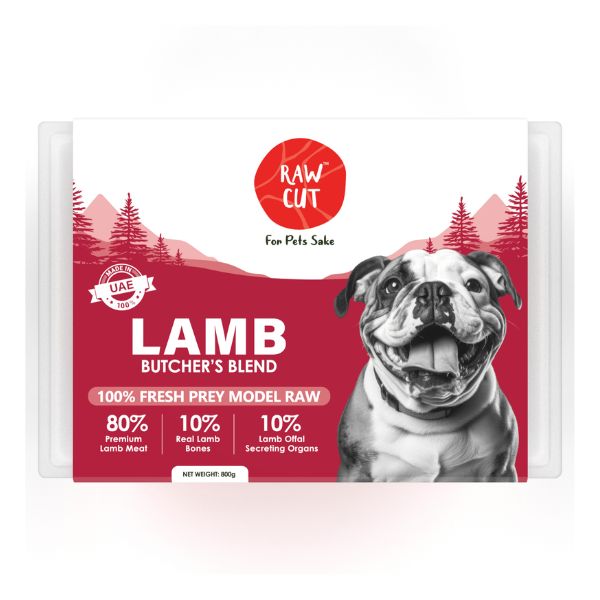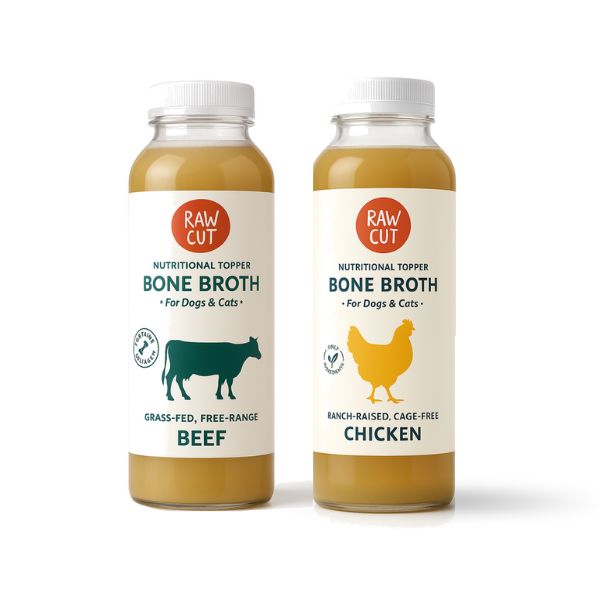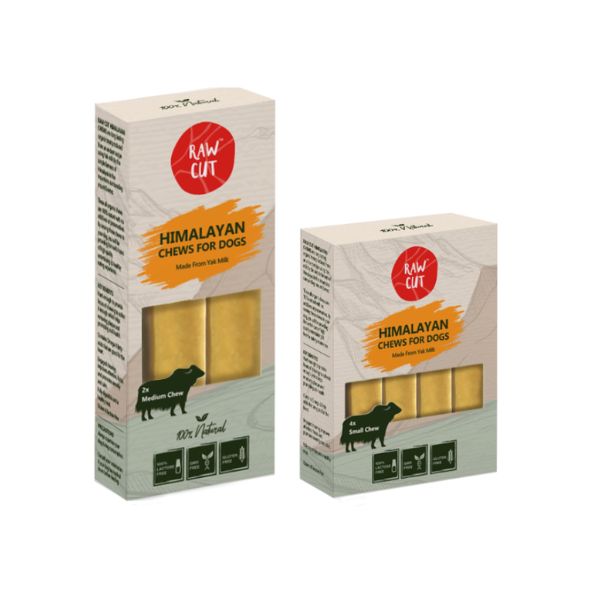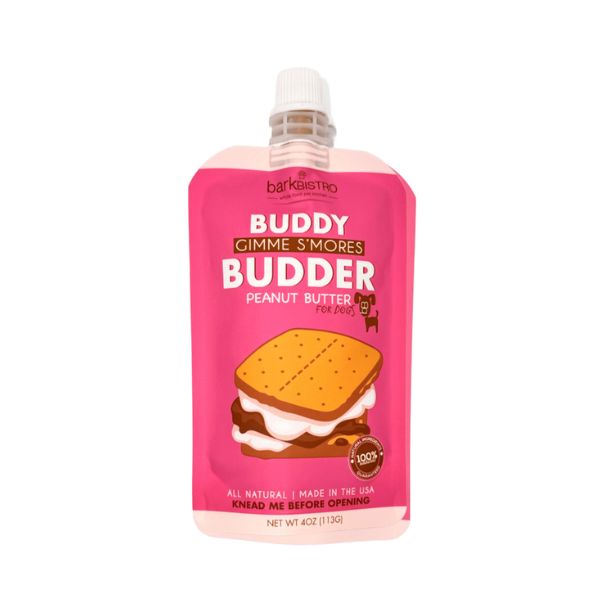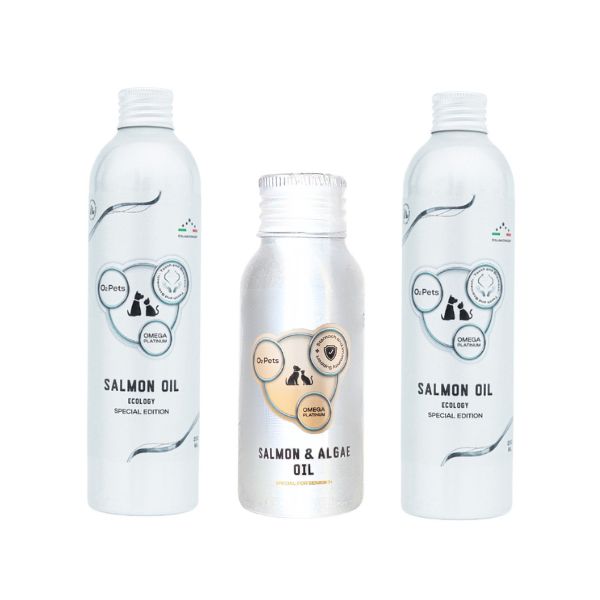We all want for our loved dogs to live longer and happier, maintaining the dog’s ideal body weight is proven both scientifically and statistically to extend the life span of a dog.
Eating fresh raw diet promotes many health benefits, including easier weight control and management. Generally you should be to feel the ribs of your dog, but not see them, this way your dog is at its ideal weight.
If the ribs or spine are visible and easily felt, then your dog is underweight and therefore you need to consider increasing the amount of food served to him.
As a dietary guideline consider the age, activity level and body weight of your dog, calculate how much your dog should eat according to the feeding guidelines below and observe him! you may also check our feeding calculator for guidelines. Obesity overburdens growing bones and tissues, If your puppy seems too skinny, give him then a little more food. It is better that your puppy looks a bit slimmer, he grows out to adulthood once his skeleton is strong enough to carry the extra weight.


